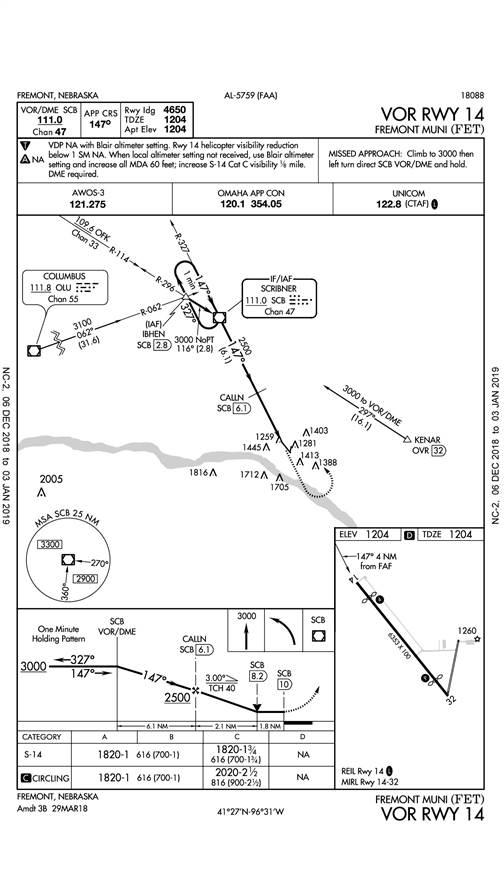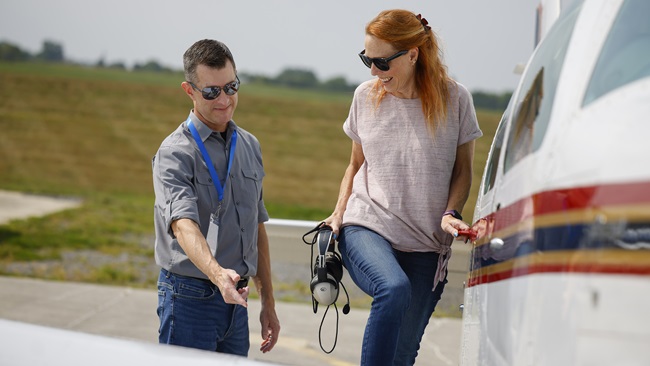Instructor Report: The learning formula
Skills, techniques, and strategies to maximize your flying performance
By Phil Wilkes
When learning, there is always a goal. How do we, as instructors, facilitate our students’ ability to meet their goals, and how can we speed up the rate of learning?

To achieve our goal, it is helpful if it is as specific or detailed as practicable. As instructors, this is usually easy as all our major flight training goals will be detailed as objectives in the syllabus or curriculum we are teaching to:
- The student maintains the aircraft on the runway centerline during takeoff.
- The student can maintain airspeed plus or minus 20 knots during climbs and climbing turns.
- The student maintains altitude plus or minus 200 feet, airspeed plus or minus 10 knots, heading plus or minus 10 degrees while flying straight and level.
For the student to achieve the objectives outlined in the syllabus, he or she must first have some sort of idea what that would look like—a mental image. By mental image, we aren’t just talking about a visualization. We are talking the full sensory experience. What will the maneuver or task look like? What will your trainees hear? What will they feel?
“How do I fly a maneuver or sequence I have never flown before?” That’s a question for which every student pilot would love the “secret” answer. For experienced pilots, our database of visual images and the resulting sensory information from the hundreds, thousands, or millions of maneuvers we’ve flown gives us clues about what to expect in a new maneuver or sequence. But what about a new student? As instructors, how do we close this database gap?
Obviously, we could wait until we got airborne and demonstrate a maneuver to fill in the mental image for our students, but how do we help them prepare in advance to speed up the learning process? How do we shortcut the assimilation of this new mental image?
First, we can provide the answers to the questions posed earlier:
What will the maneuver or task look like? This gap can be filled in with images or videos of the sequence with emphasis on the attitudes required or flight mode annunciations, for example.
What will your students hear? Warning horns, air noise: These are just a few of the gaps the instructor can close.
What will they feel? When does the G force come on? Is there buffet? If so, how much? Where do students need to hold the stick? What will that feel like? Are the controls light or heavy?
Second, can we link the new learning to something the student has seen before? Imagine flying a traffic pattern for the first time. By the time he or she flies a traffic pattern for the first time, your student will already have a database for each of the component parts: takeoffs, climbs, descents, and turns. As an instructor, we can point out or emphasize these links.
By filling in gaps and providing links to known elements, we can give our students a really solid mental image to take away and assimilate during their preparation using mental imagery sessions (i.e., good old armchair flying).
Assuming now that our student has a good idea of the goal and has a solid mental image (both from preflight preparation and having seen the new maneuver airborne), we can focus on speeding up the learning process. Repetition helps, but it’s not efficient. It also doesn’t address errors; practicing errors just help us consolidate the errors.
This is where awareness is key. Without awareness of what we are achieving, how can we update our mental imagery database? But how do we help our student gain awareness? We ask awareness questions: What speed did you maintain there? What attitude did you maintain? Where was the horizon cutting the windscreen? Where was your aim point on the ground? Where did it sit in the windscreen? Where were you looking in the flare? At what height did you cross the threshold? Where did you touch down? Put simply, what we are asking our students to do is compare their mental image with their awareness of how close they are to that mental image of the ideal maneuver.
A colleague and mentor gave me two real-world examples where he has used awareness to great effect during landing training on the Airbus A330. In the first example, the pilot was overcontrolling on final. By simply asking the student to constantly verbalize how large his sidestick inputs were on a scale of one to 10, the control inputs quieted down immediately. In this example, the student was, in effect, asked to pose the awareness questions to himself.
Along similar lines, and again during A330 landing training, my colleague had a pilot who was not maintaining a consistent aim point. He quickly resolved this issue by having the trainee feeding back where he was looking as he flew the next approach. Result? Aim-point retention.
The quickest way to coach someone to achieve a new skill is to apply a mental image and awareness. By helping your trainees use this system every time they are trying to learn or improve upon something, you will be amazed at their progress. FT
Phil Wilkes co-wrote Performance Pilot, describing “the learning formula” for how pilots can facilitate their own learning, with performance coach and ex-IndyCar driver Ross Bentley.



